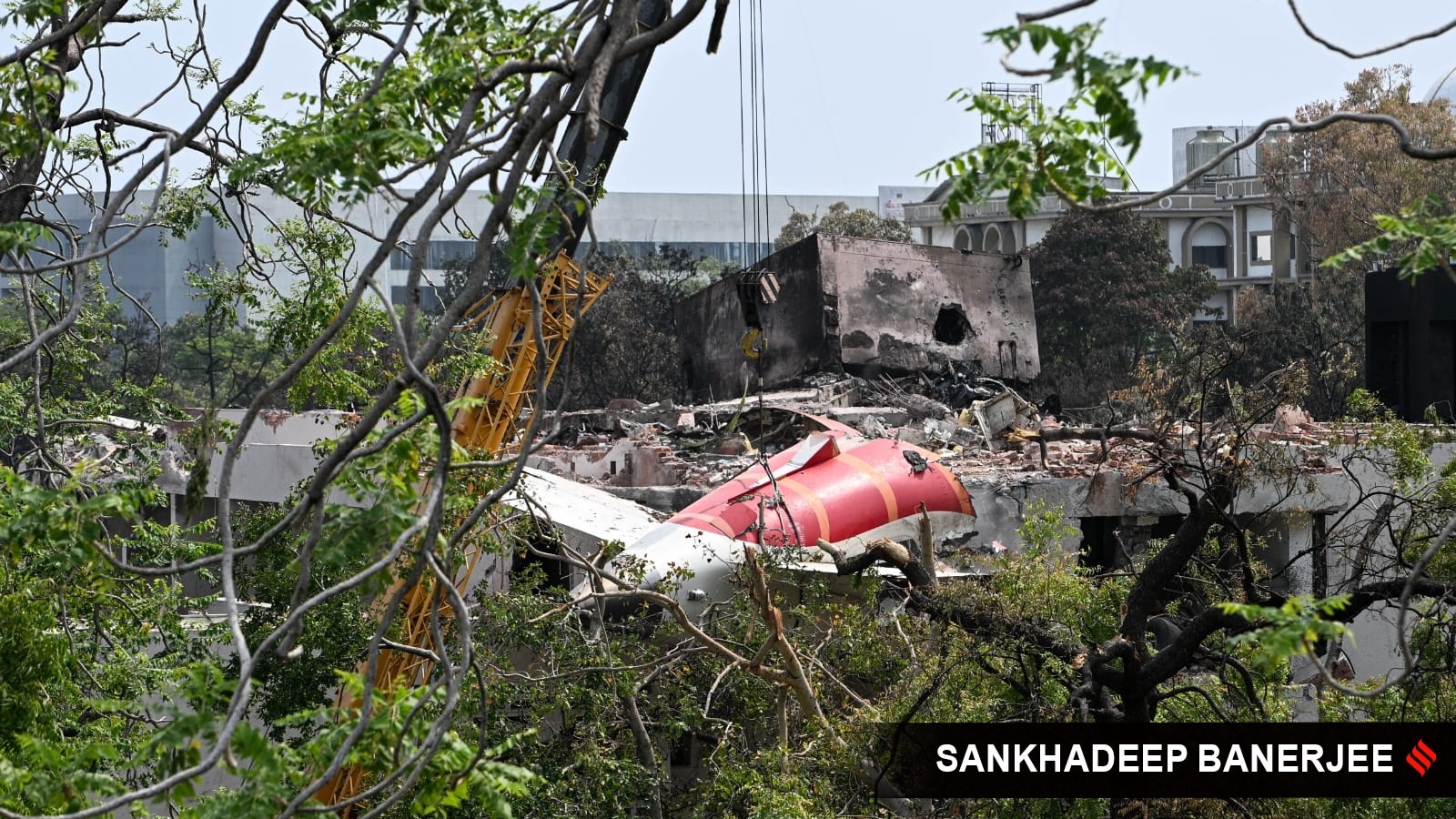 |
|
The preliminary report on the AI 171 aircraft accident, intended to provide clarity and initial findings, has instead generated more questions than answers, sparking widespread speculation and diverse interpretations, mirroring the Rashomon effect. The report, while presenting some details about the crash, selectively withholds crucial context and related information, leading to ambiguity and fueling a surge in conjecture regarding the causes of the accident. Experts and industry observers express concern over the lack of transparency and the absence of consistent communication from the Aircraft Accident Investigation Bureau (AAIB) and the Ministry of Civil Aviation (MoCA), creating an information vacuum filled by speculation, misinformation, and even false narratives. The selective presentation of information, particularly a paraphrased exchange between the pilots without timestamps or the full Cockpit Voice Recorder (CVR) transcript, has drawn criticism and intensified the debate over potential causes, ranging from pilot error to technical malfunctions. The article emphasizes the need for the AAIB to release more comprehensive information, especially the complete CVR transcript, to foster transparency, debunk misinformation, and facilitate a more informed understanding of the events leading to the accident. The absence of a detailed explanation of the electrical and other systems of the aircraft adds another layer of complexity, prompting speculation about potential technical issues that may have contributed to the crash. The article draws a comparison with the Ethiopian Airlines Boeing 737 MAX crash, where authorities released significant portions of the CVR information, highlighting the importance of transparency in accident investigations.
The selective disclosure of information, particularly the paraphrased exchange between the pilots regarding fuel cutoff, has triggered a range of interpretations. Some suggest potential pilot action, either inadvertent or deliberate, while others point to confusion in the cockpit regarding the fuel supply. The absence of timestamps and the full CVR transcript makes it impossible to determine the context and significance of the exchange, leaving room for speculation and potentially misinformed conclusions. The report's silence on the electrical and other systems of the aircraft further exacerbates the ambiguity, prompting questions about whether a technical malfunction, rather than pilot error, could have contributed to the fuel cutoff. The fact that the CVR is highly sound-sensitive and likely would have recorded any manual fuel switch operation adds another layer of complexity. The use of the term "transitioned" to describe the RUN to CUTOFF further contributes to the ambiguity, as the report does not explicitly state that the switches were physically moved. This has led some to believe that the report implicitly points a finger at the pilots, who are unable to defend themselves. The article highlights the importance of providing complete and contextual information to avoid biased interpretations and ensure a fair and accurate investigation.
The one-second time difference between the two fuel control switches changing modes has fueled speculation about whether it was possible for a pilot to manually manipulate the switches in such rapid succession. This has led some experts to believe that the incident might be indicative of a deeper issue with the electrical signals or the software that the Boeing 787 is heavily reliant on. The Enhanced Airborne Flight Recorder (EAFR), which records the signals associated with the switches, could hold crucial clues about whether the switch transition was due to pilot action or a technical malfunction. However, the initial report remains silent on the investigation's progress concerning the electrical and other systems of the aircraft, leaving a significant gap in the understanding of potential causes. The article emphasizes the need to investigate the backend electronics and signals, including the Full Authority Digital Engine Control (FADEC) and the Thrust Control Malfunction Accommodation (TCMA) system, to rule out potential technical glitches that could have contributed to the accident. The EWIS (electrical wiring interconnect system) also comes under scrutiny. Given Boeing's history of wiring issues, the state and health of the wiring within this particular airframe must be evaluated. Faulty wiring or electrical malfunctions can pose serious safety hazards. The lack of discussion on potential system faults in the preliminary report raises concerns about the thoroughness of the investigation and the potential for overlooking crucial evidence.
Aviation experts and commentators have criticized the handling of information flow in the investigation, including the preliminary probe report. The article calls for the AAIB and the civil aviation establishment to clarify ambiguities, debunk misinformation, and establish regular channels of official communication. The release of the full CVR transcript and a more detailed explanation of the electrical and other systems of the aircraft are crucial steps toward fostering transparency and facilitating a more informed understanding of the accident. While the preliminary report mentions a 2018 non-mandatory Special Airworthiness Information Bulletin (SAIB) by the FAA regarding potential disengagement of the locking mechanism on the fuel control switches, the report suggests that this issue might not be relevant due to the replacement of the thrust control module in the ill-fated aircraft. However, the article emphasizes the need to thoroughly investigate all potential causes, including technical malfunctions and human factors, before drawing any conclusions. The emphasis should be on factual and verifiable statements versus opinion or conjecture.
